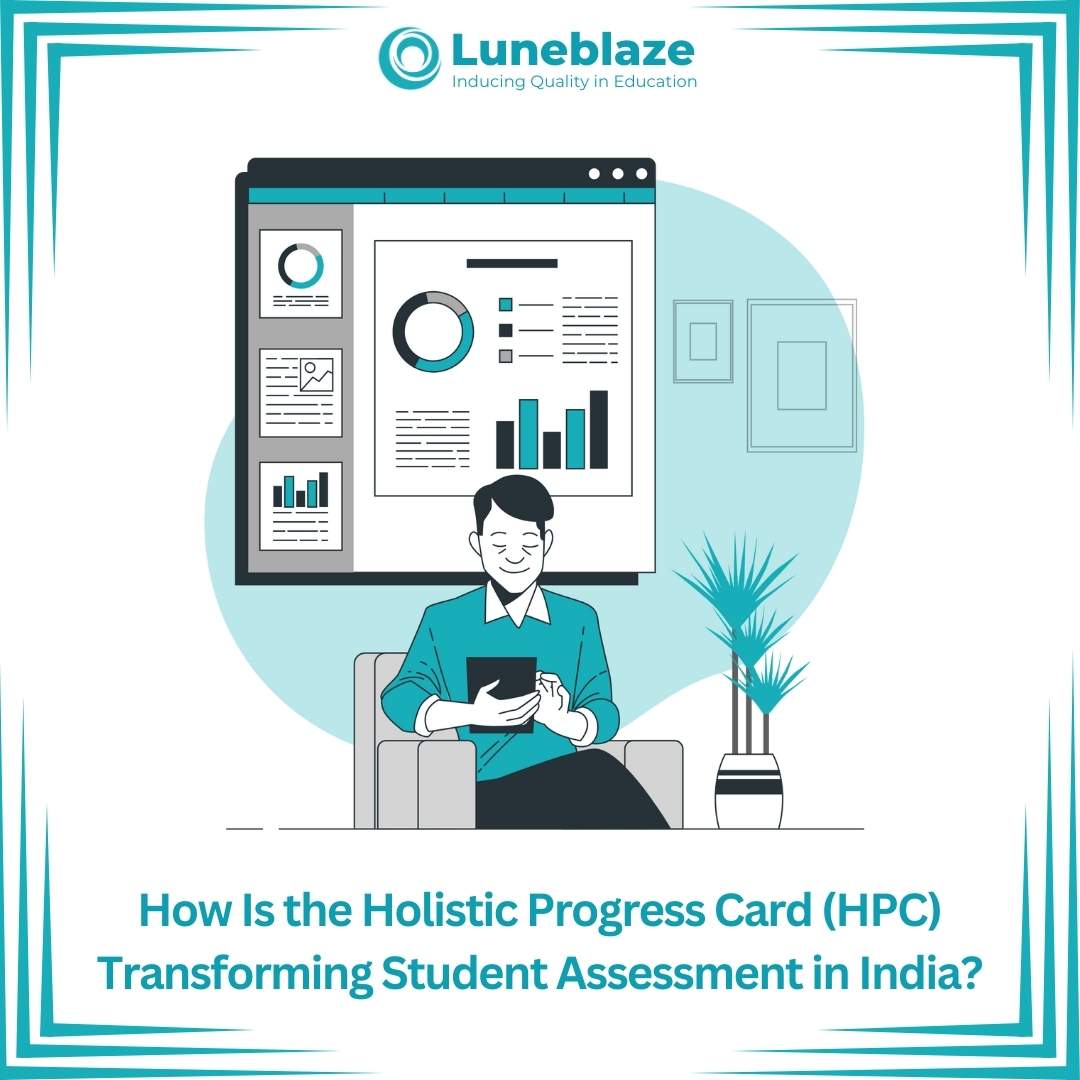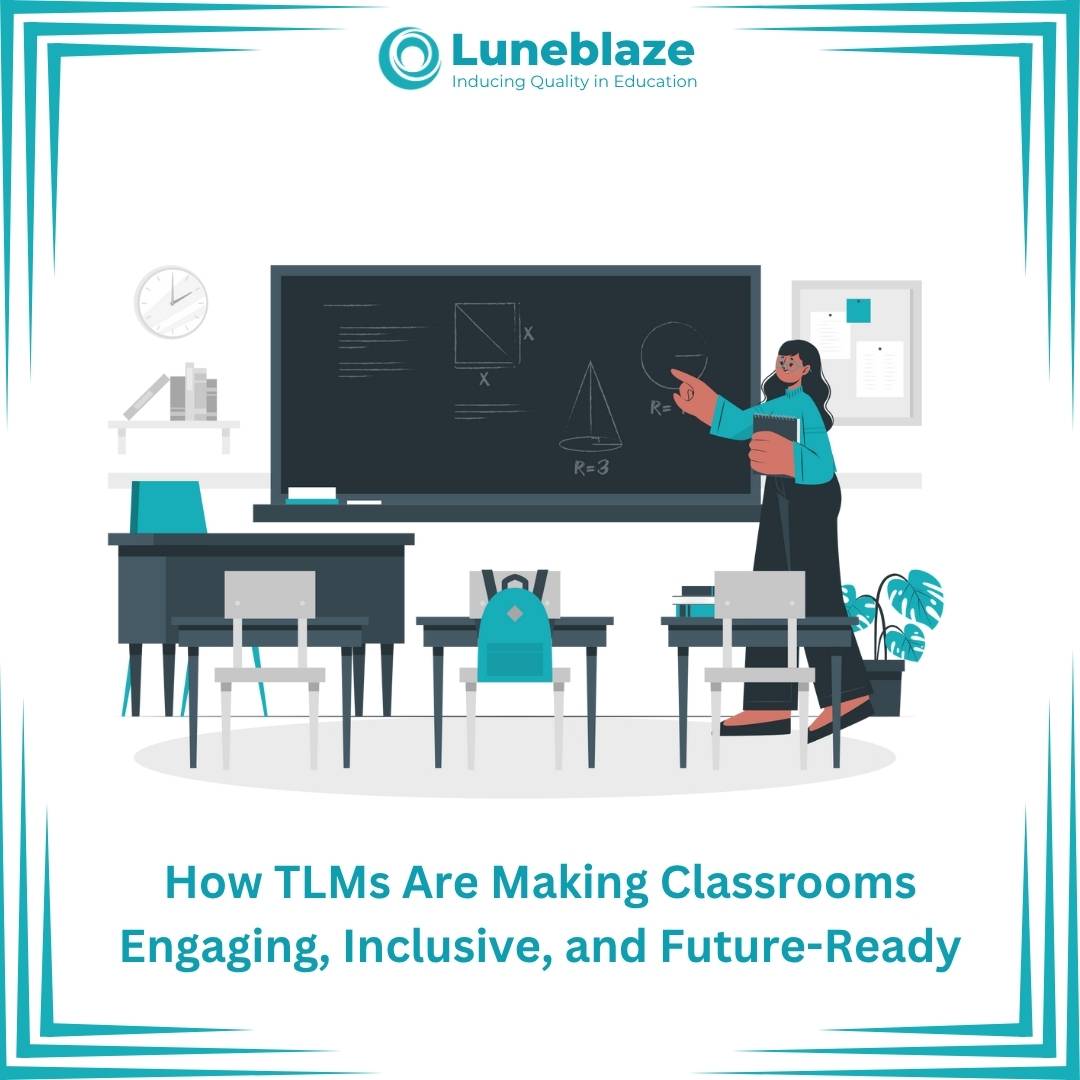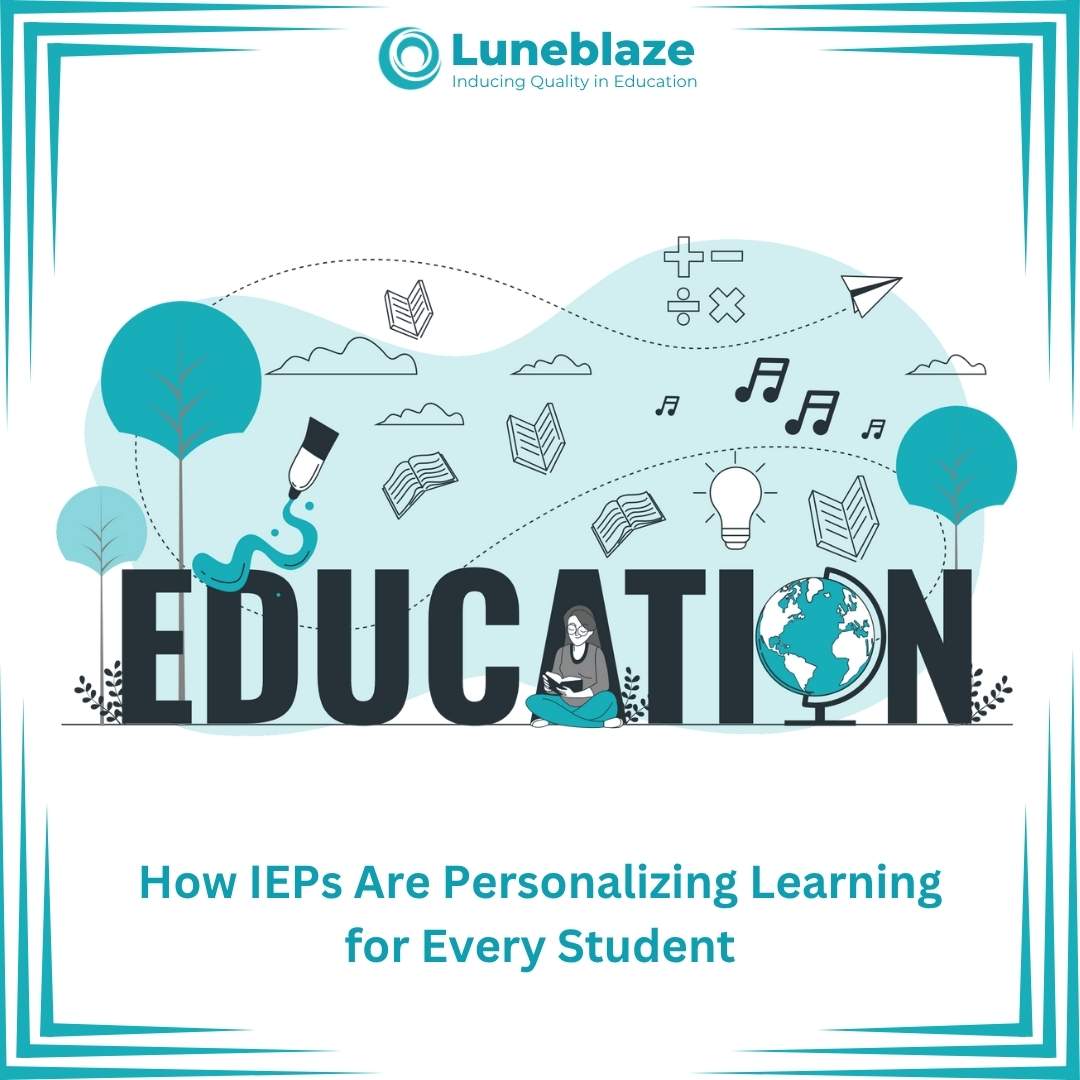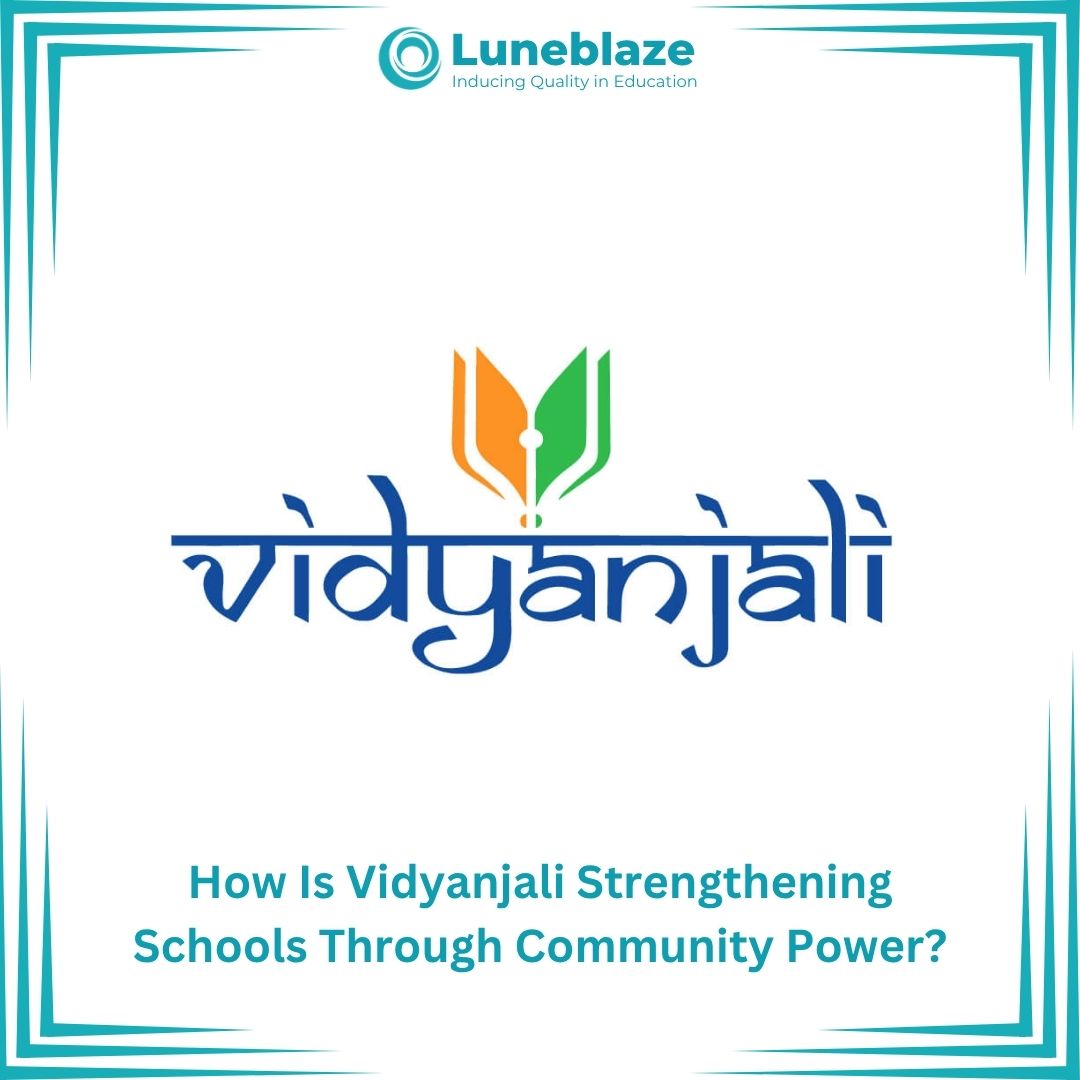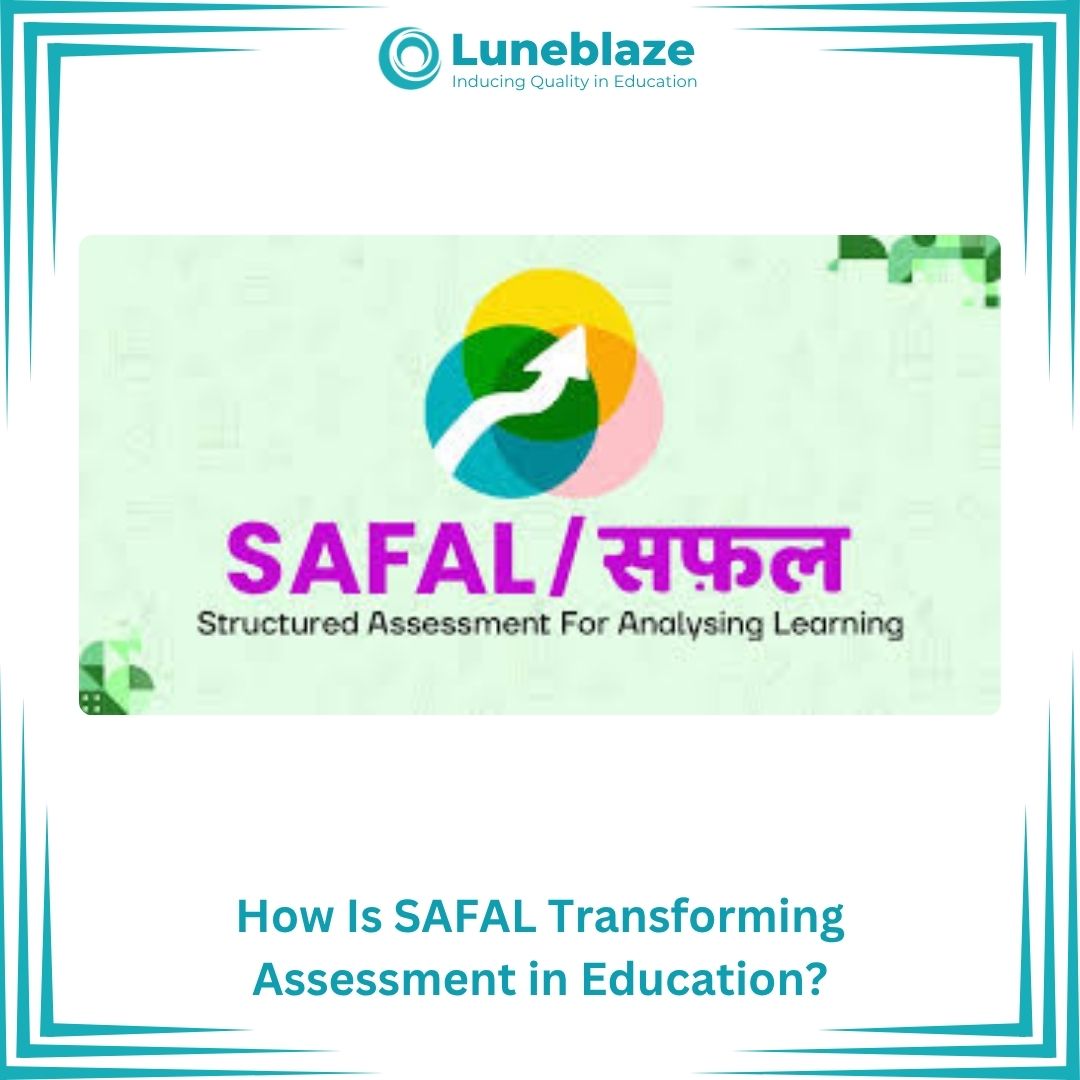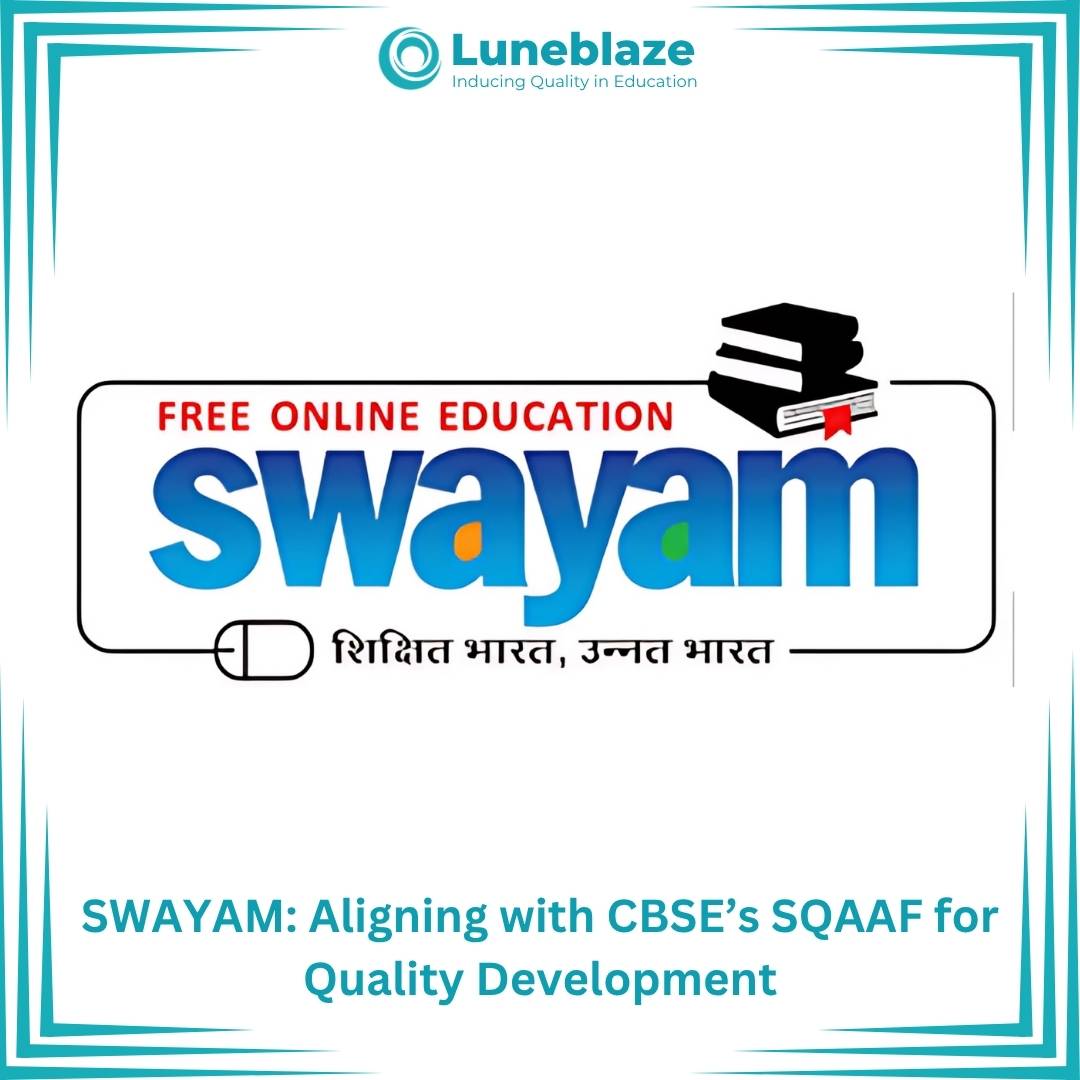How Does DIKSHA Empower Schools Today?
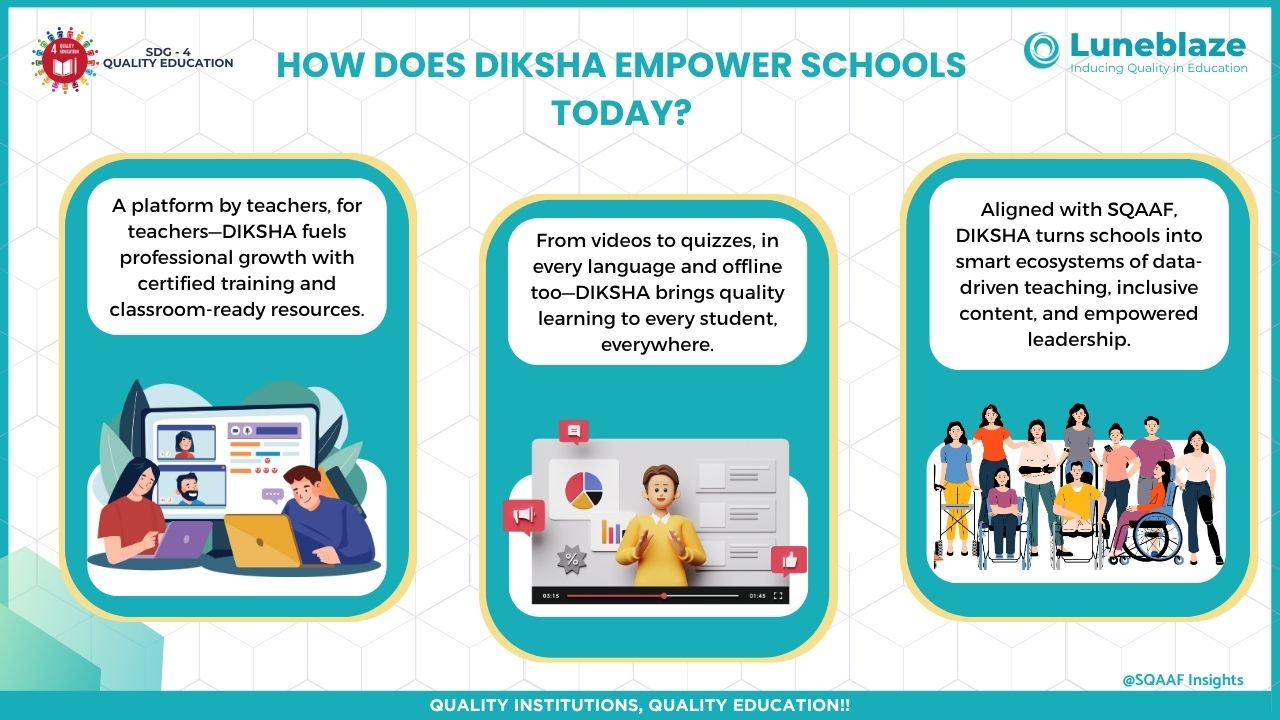
Jun 03, 2025
Imagine a teacher in a small-town government school finishes her morning class and pulls out her smartphone during the break. With a few taps, she’s immersed in a professional development module created by national education experts. In another city, a student logs into a tablet provided under a government scheme and revises yesterday’s lesson through an interactive video in their mother tongue. This seamless blend of learning, accessibility, and technology is not a distant dream—it’s the reality being shaped by the DIKSHA portal.
Launched by the Ministry of Education, Government of India, DIKSHA (Digital Infrastructure for Knowledge Sharing) has emerged as a comprehensive national digital platform for school education. Its mission is clear: to ensure that both educators and learners have access to high-quality, contextualized digital content anytime, anywhere. Over the years, DIKSHA has evolved into a multi-purpose platform that supports curriculum-based learning, teacher training, e-content creation, and much more.
What is DIKSHA?
DIKSHA is a digital learning platform initiated under the National Digital Education Architecture (NDEAR) to provide equitable access to quality educational resources. It serves as a one-stop hub for educators, students, and institutions to discover, create, and consume content aligned with the school curriculum.
This platform is accessible through web and mobile apps in multiple Indian languages, making it truly inclusive. Whether you’re a first-grade student or a seasoned teacher, DIKSHA offers relevant material to enhance your learning or professional journey.
A Platform for Teachers, by Teachers
One of the core strengths of DIKSHA lies in its collaborative ethos. It invites teachers from across the country to contribute digital content based on their classroom experiences. This has led to the development of a rich repository of localized learning resources.
Teachers can access lesson plans, worksheets, teaching videos, assessment tools, and even professional development courses. These resources are often mapped to specific learning outcomes and curriculum points, making it easier for teachers to directly use them in their daily classroom practices.
Moreover, DIKSHA empowers teachers by enabling them to undergo training and earn certificates from state or central educational bodies. This digital credentialing supports continuous professional development and ensures that teachers stay updated with modern pedagogical practices.
Content for Every Learner
For students, DIKSHA is a goldmine of educational content spanning from primary to senior secondary levels. Interactive videos, practice worksheets, and quizzes make the learning experience engaging. Students can also revise topics, prepare for exams, or delve into self-paced learning modules aligned with NCERT and state board syllabi.
The ability to access DIKSHA via mobile apps even in low-bandwidth environments ensures that learners from remote or under-resourced areas are not left behind. Offline functionality allows users to download and access content without constant internet connectivity—a crucial feature in rural India.
Integration with QR Codes and Textbooks
One of the most innovative features of DIKSHA is the QR code integration with school textbooks. Each chapter in NCERT books, for instance, comes with a unique QR code that links to additional digital resources on DIKSHA. Students and teachers can scan these codes to access explanatory videos, supplementary content, and quizzes, bridging the gap between traditional textbooks and digital learning.
This feature has significantly enhanced textbook utility and brought dynamic, multimedia learning directly into the hands of every child and educator.
How DIKSHA Benefits Schools: A SQAAF-Aligned Perspective
The Central Board of Secondary Education (CBSE) introduced the School Quality Assessment and Assurance Framework (SQAAF) to encourage schools to adopt a culture of self-assessment and continuous quality improvement across seven critical domains. The DIKSHA platform directly supports schools in meeting these standards through its comprehensive digital ecosystem. Here’s how DIKSHA’s features align with each SQAAF domain:
Domain 1: Curriculum and Pedagogy and Assessment DIKSHA offers a vast repository of curriculum-aligned digital content, designed to support diverse learning needs and styles. Teachers can access lesson plans, interactive videos, and assessments tailored to different subjects and grade levels. This promotes active and learner-centered pedagogy, helping schools maintain high standards in curriculum delivery and engage students more effectively. The platform’s multilingual resources also ensure that pedagogy is culturally relevant and accessible, which is vital for inclusive education.
Domain 2: Infrastructure While DIKSHA itself is a digital platform, it supports this domain indirectly by facilitating access to learning even in schools with limited physical infrastructure. Its offline access feature ensures that students in remote or resource-constrained environments can still benefit from quality education. This reduces dependency on physical infrastructure and makes educational content available anytime, bridging infrastructural gaps highlighted in SQAAF.
Domain 3: Human Resource The platform supports formative and summative assessment by providing interactive quizzes, auto-graded tests, and performance tracking tools. Teachers can assign assessments aligned with the syllabus and instantly analyze results to identify learning gaps. The availability of digital analytics dashboards helps schools implement data-driven interventions, enhancing the accuracy and effectiveness of evaluation processes as recommended in SQAAF.
Domain 4: Inclusive Practices DIKSHA serves as a one-stop digital library where schools can find a wide variety of teaching aids, such as worksheets, simulations, quizzes, and professional development courses. The integration of QR codes in textbooks bridges traditional and digital learning methods, making it easier for schools to enrich classroom teaching with multimedia resources. This abundant and easily accessible pool of resources helps schools ensure that both teachers and students have the right tools for effective teaching and learning.
Domain 5: Management and Governance DIKSHA empowers school management teams by providing detailed analytics on teacher training completion, content usage, and student engagement. These data insights enable school administrators to make informed decisions, plan targeted capacity-building initiatives, and monitor progress continuously. The platform’s alignment with government education schemes also helps schools meet compliance and reporting requirements efficiently, strengthening governance practices.
Domain 6: Leadership School leaders and principals can leverage DIKSHA for their professional development through targeted courses and training modules. By staying updated with best practices in educational leadership and pedagogy, they can foster a culture of innovation and continuous improvement within their institutions. DIKSHA’s collaborative community encourages leaders to share experiences and strategies, promoting peer learning and collective growth.
Domain 7: Beneficiary Satisfaction DIKSHA enhances satisfaction among all education stakeholders—students, teachers, and parents—by making learning interactive, accessible, and personalized. The availability of learning materials in multiple languages and formats respects learner diversity and improves engagement. Parents can also track their children’s progress through digital tools linked to the platform, increasing transparency and trust in the education system.
Why the Government Launched DIKSHA
The Government of India launched DIKSHA with a clear vision to democratize education and bridge the digital divide. Recognizing the diverse linguistic, geographic, and socio-economic challenges across the country, the platform was designed to ensure equitable access to quality education resources for all. Especially in times of disruptions like the COVID-19 pandemic, DIKSHA proved to be a vital tool for continuing education remotely, enabling large-scale teacher training and student learning without interruption.
The platform also embodies the vision of the National Education Policy (NEP) 2020, which emphasizes the integration of technology in education, personalized learning, and capacity building of educators. DIKSHA’s open-source architecture allows continuous innovation and community participation, making it a sustainable digital ecosystem.
In conclusion, DIKSHA is not just a digital learning platform; it is a nationwide initiative dedicated to revolutionizing education in India by providing equitable, accessible, and high-quality resources to empower both teachers and learners across the country.
Explore DIKSHA at: https://diksha.gov.in
To assist Schools in their SQAAF Journey, Luneblaze provides a comprehensive AI-enabled end-to-end solution to schools for all their accreditation criteria needs, be it documents & evidence creation, self-assessment filing support on the CBSE SQAAF portal, workflow management, faculty trainings, audits, and consultancy support. With the help of Luneblaze’s AI-enabled solutions, institutions can organize and manage all their data related to accreditation and assessments like SQAAF for schools.
Together, let’s raise educational standards. Partner with Luneblaze for SQAAF success. Reach out: sqaaf@luneblaze.com
Trusted by
100+
Institutions
worldwide
since 2017
Get started with Accreditation Excellence
Explore how our AI-enabled accreditation solution simplifies the accreditation journey

